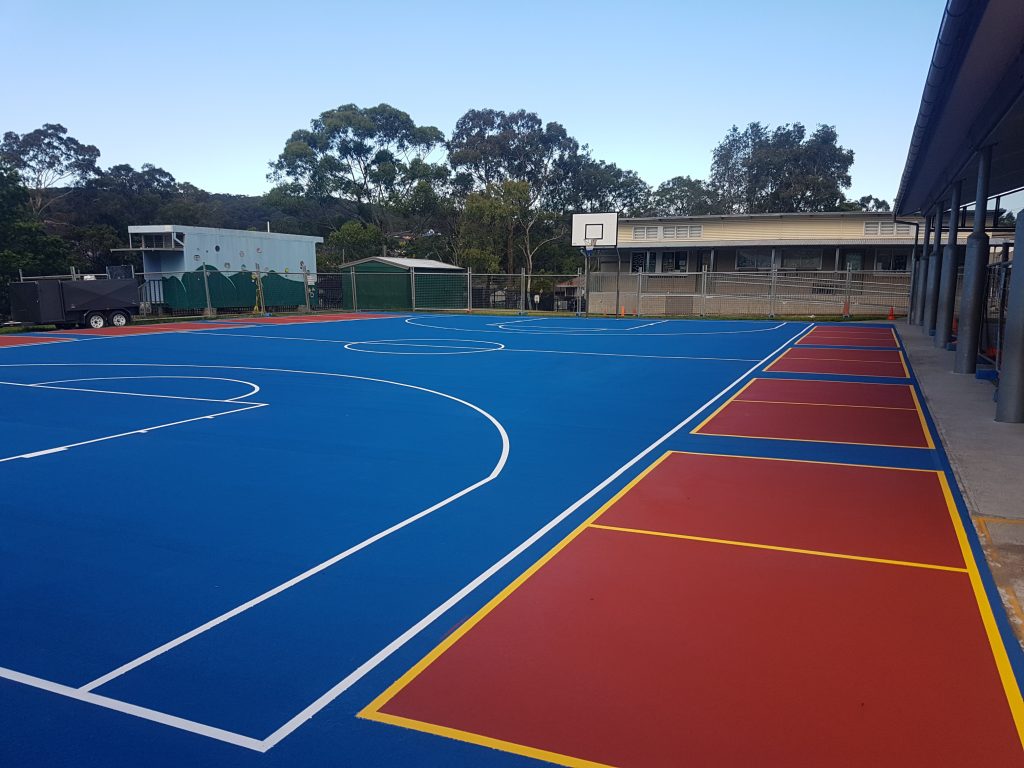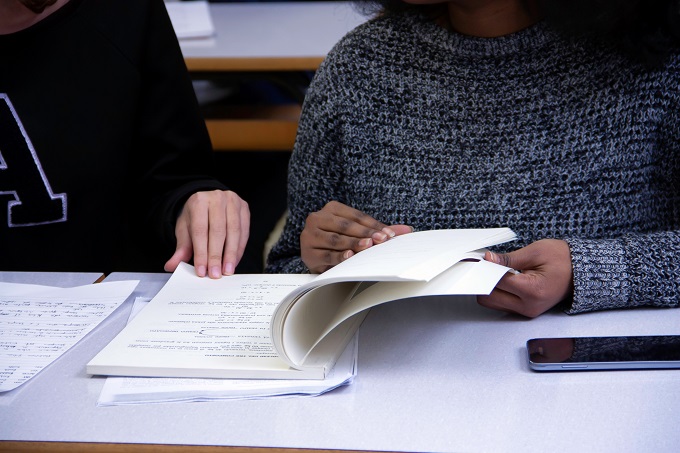Get your sport surface ready to play
A well maintained sport surface can encourage participation in sport, boost school spirit, and keep young athletes safe.

When was your outdoor sports surface last seen by a maintenance expert?
The look, feel and condition of an outdoor sports surface can make all the difference to the team playing on it. Not just a matter of pride, the condition of a school sports surface should be maintained to standards which encourage participation and enthusiasm in health and physical education. Improperly maintained surfaces may even become hazardous as the court withstands the harsh Australian weather, from sun to wind and rain.
Read the latest print edition of School News HERE
Apart from the practicalities, having a visually attractive sports court is also a matter of morale and motivation. Schools with competitive sports teams may be searching for one factor that might just give your team a boost: a well-maintained surface may be the answer. Whether it’s providing players with stronger footing, or resistance, or simply enabling a variety of sports and activities, perhaps it’s time to consider if your sports surface is due for a renewal or an upgrade.
Differing sports, by their nature, will require different surface conditions. Yet one sports surface can cater to many sports and activity options depending on the space available and finish of the surface.
For instance, many sports require appropriate grip for executing sudden turns and manoeuvres; tennis, badminton, netball and basketball among others. This type of finish also has the additional advantage of being suitable for health and physical education sessions or team-building games. Properly finished surfaces are important as poor grip or a slippery surface may result in injuries, especially if games are occurring in wet weather.
Matte surfacing is another factor to consider as glare may be a barrier to players depending on what time of day the surface will be used. Sports surfaces can be appropriately cushioned to minimise impacts on joints and injuries from any falls. Appropriate cushioning could also be a matter of inclusivity and accessibility to the court, and to sports in general.

Another practical concern is the possibility of saving money for other projects in the future. For instance, field maintenance can be difficult and a significant ongoing expense for schools, and some areas can get quickly bogged down in mud during the colder seasons. An artificial turf can present several benefits in such cases, optimising the availability of outdoor spaces in all seasons.
Having appropriate and attractive sports spaces is one way to invest in the culture of a school, too. Having fun, quality sport experiences are key factors for young people to stay interested and involved in sport, which includes access to safe surfaces for playing sport. A well-maintained court is therefore key to providing enjoyable sport experiences for students, enabling the myriad of other wellbeing benefits that sports and physical activity provides.
Scott McFarlane from Kangaroo Courts highlighted several things should schools consider before installing a new sport surface, or upgrading an existing court. “What are the schools’ desired sports to play in the new area? Will the area be used only for sport or used for other purposes which may include vehicle traffic? This will determine the appropriate surface to install.
“The safety and maintenance checks required will be determined by the surface recommended and installed. Some surfaces can require more maintenance than others, as an average every 12 months,” Mr McFarlane said.

Ensuring a functional and aesthetically pleasing surface, Mr McFarlane said, will be influenced by the construction of the area, adequate drainage, whether the surface is under a covered outdoor learning area, the type of surface installed, and attention to maintenance requirement.
Victoria Brockett from Sport Group said for artificial surfaces, a lot of imported products do not offer the same level of quality, nor substantial warranties, as local products. “Always go with Australian made products because they are designed, developed and tested specifically for Australian climates.
“Safety is important when considering the quality of a sport surface. Surfaces should be free of toxic chemicals, meet all Australian safety standards and offer things such as slip resistance, non-deteriorating materials and UV resistance.”

Ms Brockett said natural and artificial surfaces offer both pros and cons. “Synthetic surfaces are great for all-weather use, particularly in regions or areas in a school where natural grass is difficult to grow or maintain. It is also excellent for multi-purpose use, where a school wants to cater for several applications and requires multiple line markings, for example, schools with spatial limitations.
“Whilst the initial investment can be a bit higher than natural turf, artificial surfaces tend to require less money and time to maintain over the lifetime of the surface. Artificial surfaces, if maintained well, generally offer a more consistent and even playing surface than natural grass, attributing to fewer injuries.”
For schools with spatial or budget constraints, Ms Brockett said multi-sport surfaces are popular. “Artificial turf, acrylic hard courts, soft-fall and indoor polyurethane courts, all accommodate multiple line markings to cater for different sport and leisure applications. Multi-sport surfaces are also a very cost-effective solution – one court or field can tick lots of boxes!”







